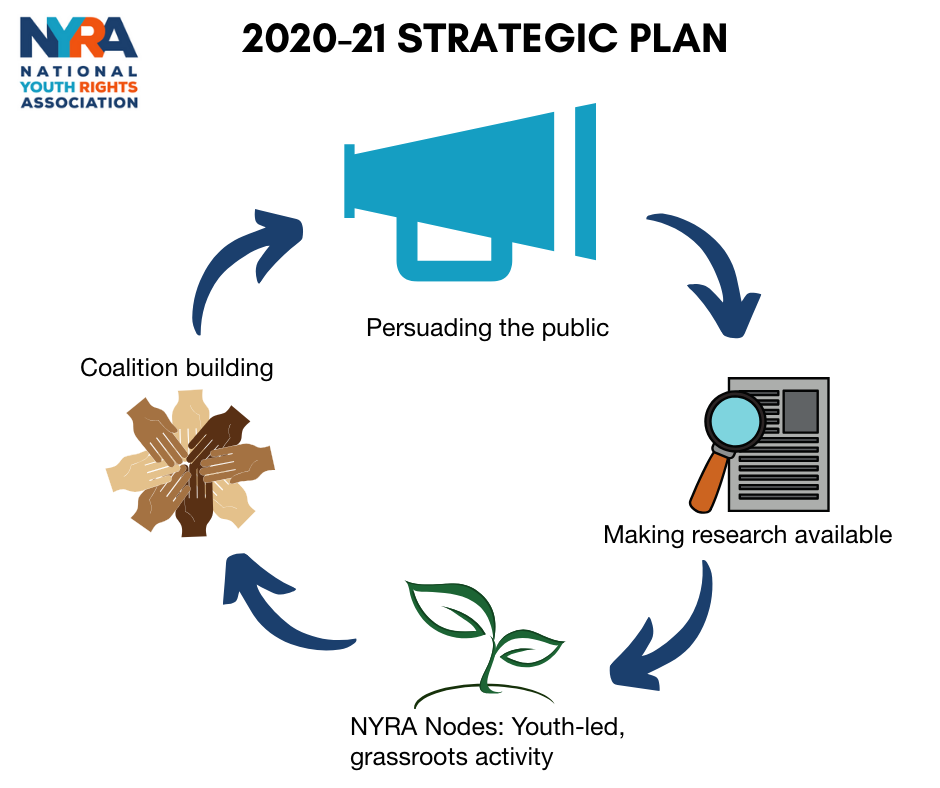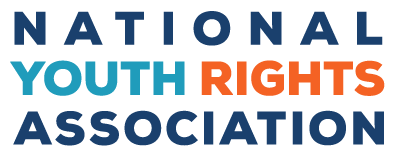Last month, NYRA’s Board of Directors met in Washington, DC to decide what strategy the organization should focus on. This is what we came up with:

We decided to focus on growing in these four areas. With recent surges in both youth activism and oppressive legislation, we believe that these strategies will respond to the needs of our time.
Persuade the public of youth rights arguments. Support for ageism is a nearly universal view, among both young and old. Negative beliefs about young people’s recklessness, helplessness, immaturity, and stupidity inform our lawmakers, our parents and our teachers. It is assumed that restrictions on youth are essential for public safety and public morals. This strategy focuses on refuting common prejudices against youth and asserting a positive view of young people’s capacity and worth.
Make research on youth rights issues readily available. Studies exist that show curfews don’t stop crime, or that youth are competent decision makers, or that corporal punishment is harmful. Buried in scholarly journals, most non-academics never see them. This research is useful for academics, for students writing papers in school and for anyone seeking to debunk ageist prejudice. This strategy focuses on making this body of research available and accessible to the general public.
NYRA Nodes: Youth-led, grassroots activity. Lawmakers represent their communities, often the views of local members of their communities is taken more seriously than that of experts or members of the public from across the country. Local, youth-led organizations and campaigns have achieved great success for youth rights in NYRA’s past and act as a local arm of the organization in most respects. This strategy focuses on establishing and maintaining a network of “NYRA Nodes,” local hotspots of youth rights action that may take the structure of a traditional “chapter” or even just be more informally a group of people enthusiastic about youth rights campaigning for change in their local area.
Connect various organizations fighting for youth rights into a movement. There are organizations and groups that fight against corporal punishment, or for democratic schools, or to lower the voting age, or for first amendment rights for students, or for parenting philosophies that support independence and freedom for youth. None of these groups see any connection between each other and don’t consider themselves part of a unified youth rights movement. Meanwhile, there is a unified youth activist movement happening, but it is focused on other issues and does not see youth rights as one of its major focuses. This strategy would work to connect youth rights and youth voice organizations to each other and help them realize that their fight is broader than their one particular issue.
If you are interested in helping in any or all of these areas, fill out the volunteer application on our website!
In 2025, a typo was fixed changing “legistlation” to “legislation”.





